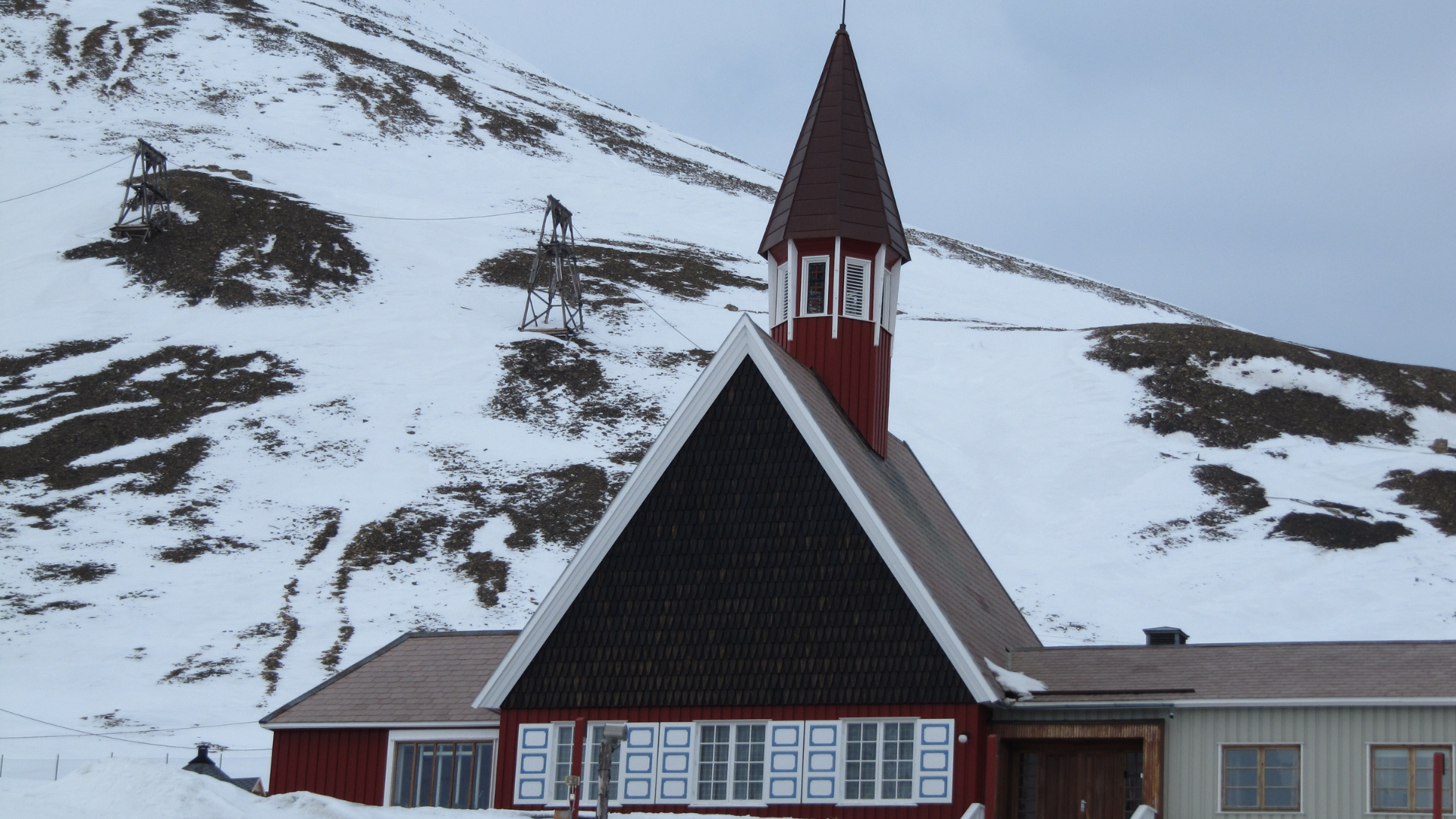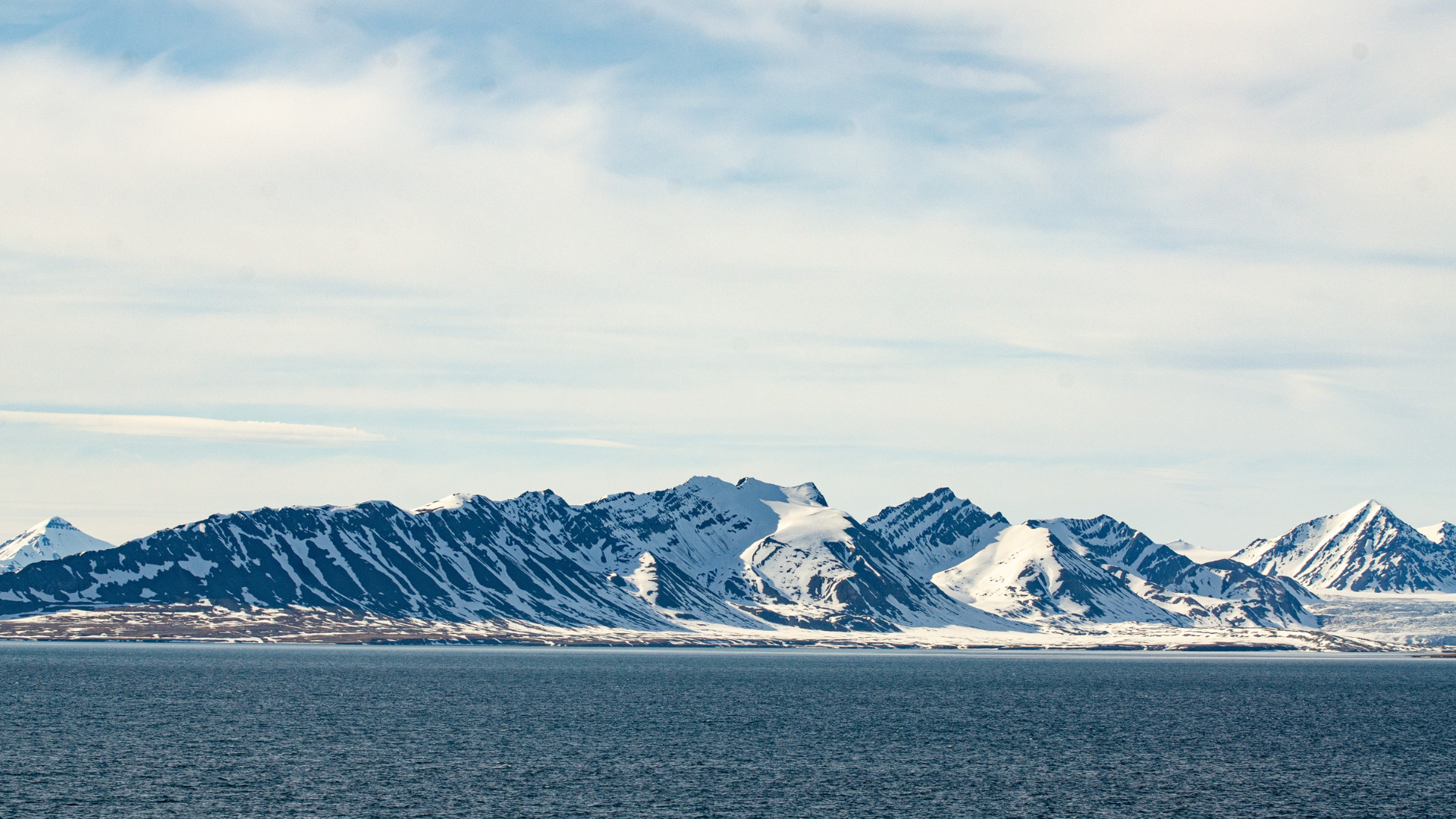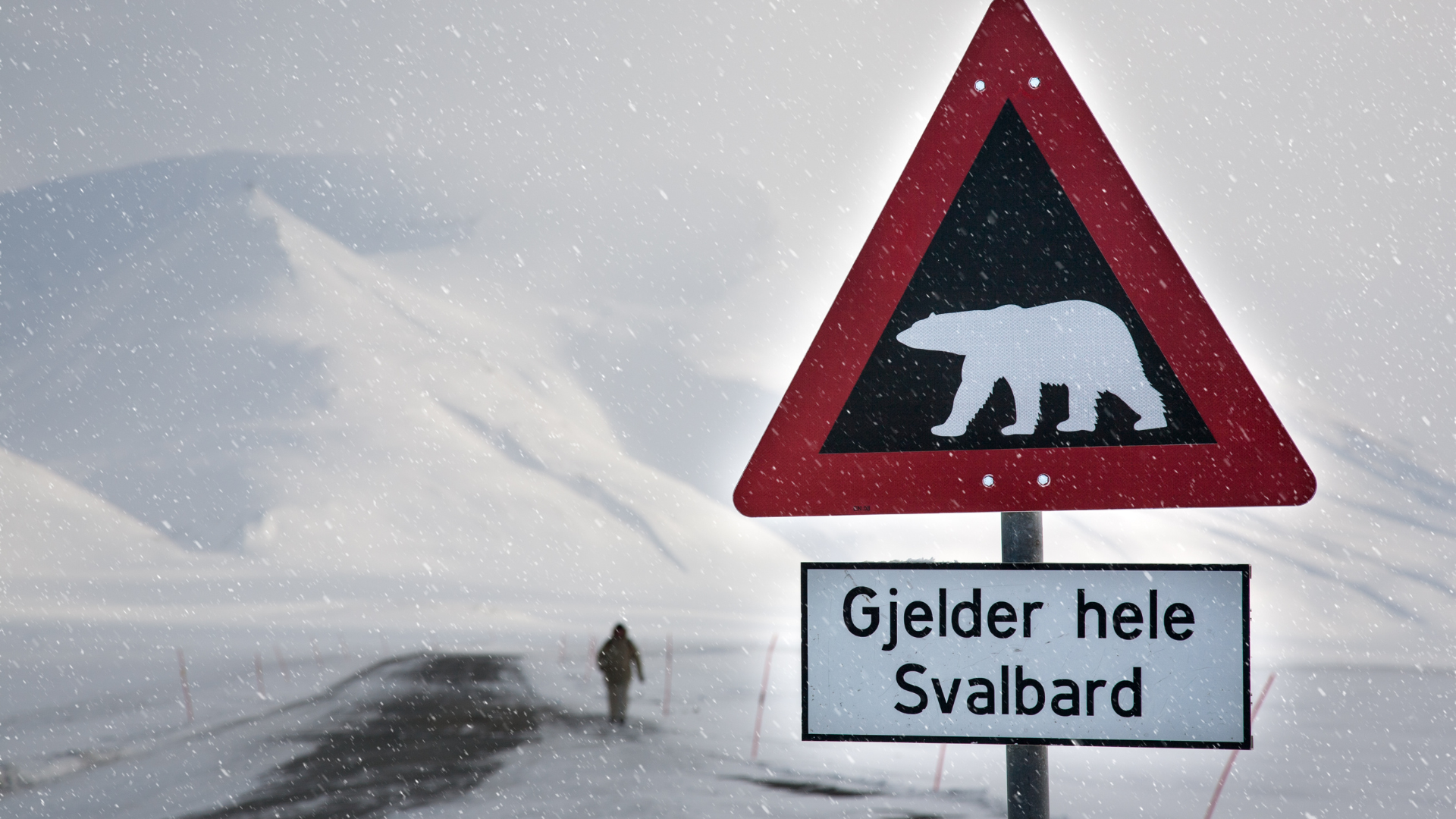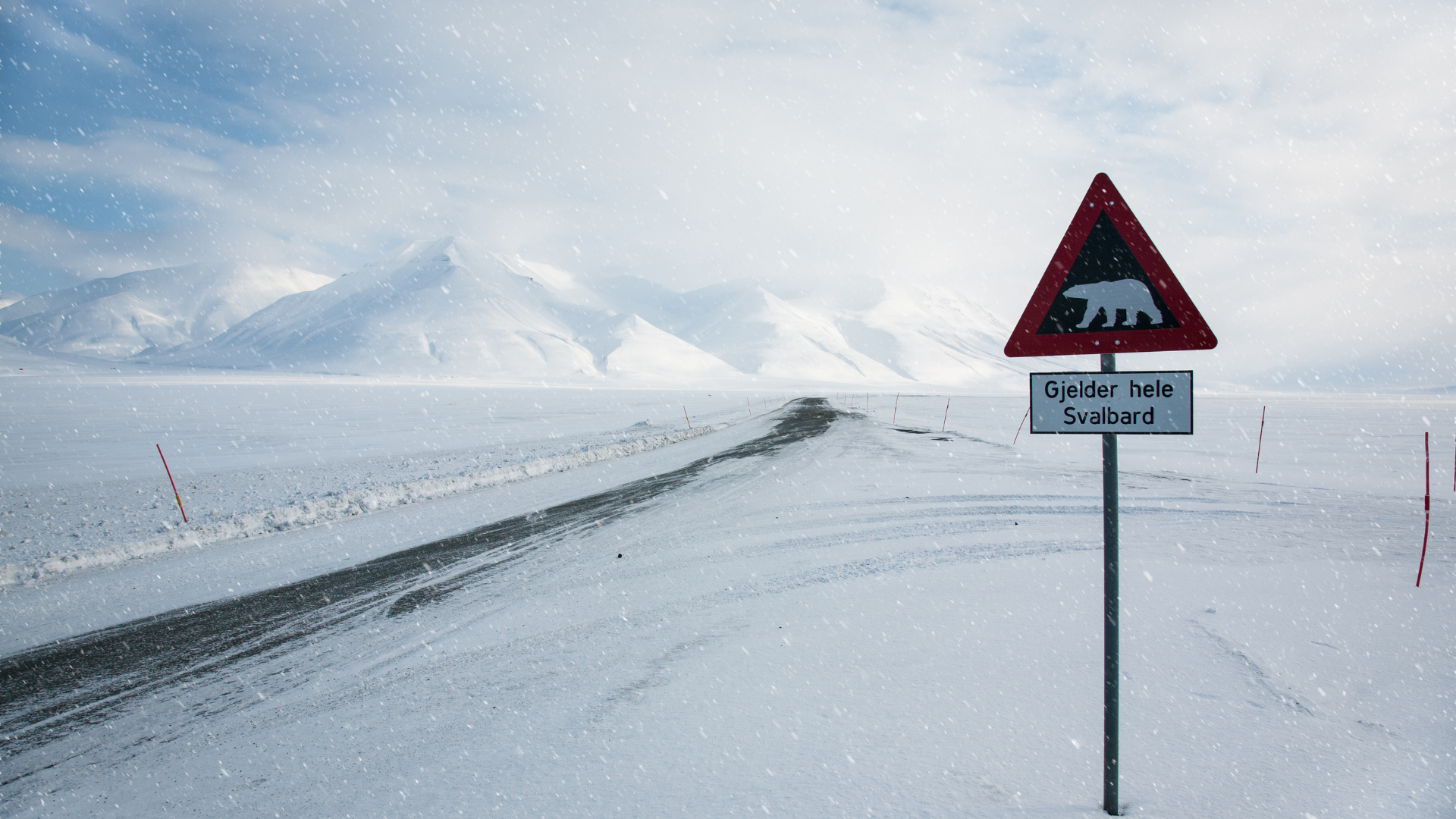Fun Walrus Facts in Spitsbergen
Fun Walrus Facts in Spitsbergen
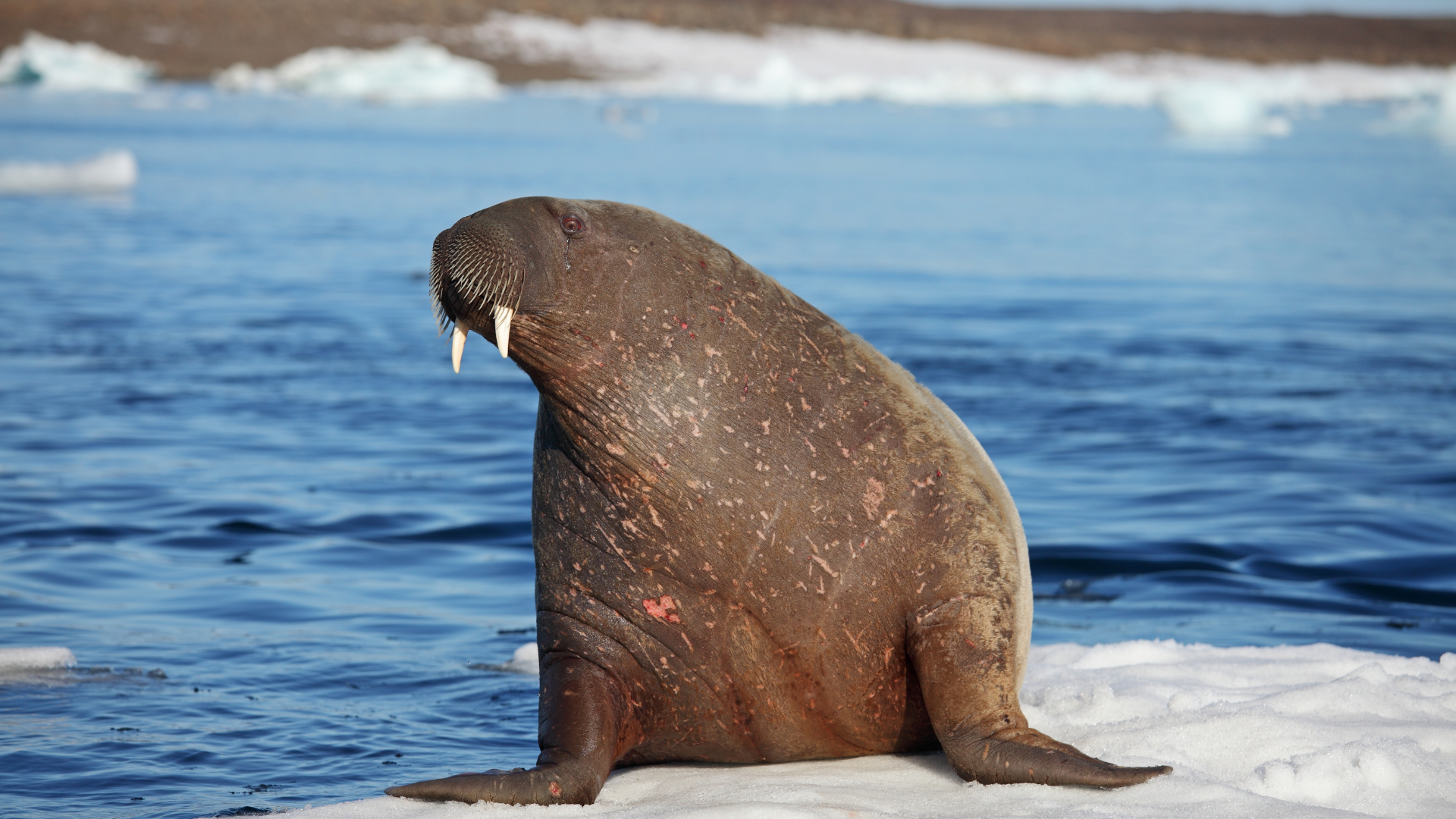
The walrus (Odobenus rosmarus) is one of the most iconic and recognizable marine mammals in the Arctic, and Spitsbergen, the largest island of the Svalbard archipelago, provides an excellent habitat for these fascinating creatures. Known for their distinctive tusks, whiskered faces, and social behavior, walruses are a key species in the Arctic ecosystem. Here are some fun and intriguing facts about walruses in Spitsbergen.
Walruses are easily identified by their long, ivory tusks, which are actually elongated canine teeth. Both male and female walruses have tusks, which can grow up to 1 meter (3 feet) in length. These tusks serve multiple purposes, including helping walruses haul themselves out of the water onto ice or land, fighting for dominance within groups, and foraging for food on the seafloor. The size and condition of a walrus's tusks can also indicate its age and social status.
One of the most fascinating aspects of walrus behavior is their social nature. Walruses are highly gregarious animals, often seen resting in large groups on ice floes or coastal beaches. These gatherings, known as haul-outs, can include hundreds or even thousands of individuals. Walruses communicate through a variety of vocalizations and physical behaviors, such as bellows, grunts, and clapping their flippers. These social interactions are crucial for maintaining group cohesion and establishing hierarchies.
Walruses are specialized feeders, primarily consuming benthic invertebrates such as clams, mussels, and worms. They use their sensitive whiskers, called vibrissae, to detect prey on the seafloor. Once they locate their prey, walruses use a powerful suction mechanism to extract the soft bodies from their shells. This feeding technique is highly efficient and allows walruses to consume large quantities of food, essential for maintaining their massive body size and insulating blubber.
The blubber of a walrus can account for up to one-third of its total body weight. This thick layer of fat provides crucial insulation against the frigid Arctic waters and serves as an energy reserve during periods of fasting. Walruses can weigh between 800 to 1,700 kilograms (1,764 to 3,748 pounds), with males generally being larger than females. Their robust bodies and insulating blubber enable them to thrive in the harsh Arctic environment.
Reproduction in walruses is a fascinating process that involves elaborate courtship displays and fierce competition among males. During the breeding season, males engage in vocal and physical displays to attract females and establish dominance. Females give birth to a single calf after a gestation period of about 15 to 16 months. Calves are born on ice floes and are highly dependent on their mothers for the first few years of life. The strong bond between mother and calf is essential for the calf's survival and development.
Climate change poses significant challenges for walruses in Spitsbergen and across the Arctic. The loss of sea ice due to rising temperatures affects their ability to find suitable haul-out sites and access feeding grounds. As ice floes become scarcer, walruses are forced to haul out on land, which can lead to increased competition for space and resources. Additionally, changes in prey distribution and availability due to warming waters can impact their food supply.
Despite these challenges, walruses have shown remarkable resilience and adaptability. Conservation efforts and protective regulations have been implemented to safeguard walrus populations and their habitats. Research and monitoring programs continue to study the impacts of climate change and human activities on walruses, aiming to develop strategies to support their long-term survival.
Walruses in Spitsbergen are fascinating and charismatic animals that play a vital role in the Arctic ecosystem. Their unique adaptations, social behaviors, and ecological importance make them a key species for understanding and conserving the Arctic environment. Observing walruses in their natural habitat offers a glimpse into the incredible resilience and adaptability of Arctic wildlife and underscores the need for continued conservation efforts to protect these remarkable creatures and their fragile habitats.


